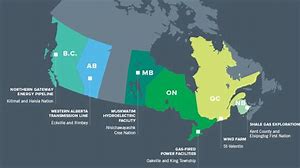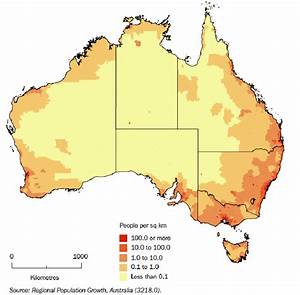In the long and very complicated history of the Canada, it is well worth looking at how Canadians view politics and the Canadian political parties. Canada politics are often extremely complex, because of how many people vote in them. The results can be quite unexpected, and many times it is the person not even aware that their vote is going to change anything, or influence anything.

Unfortunately, because of the way the voting system is set up, it means that many people do not realise that their vote really can have an impact on the outcome of a ballot. That’s the problem with voting, in a sense. Even though it is one of the oldest and most venerable systems in the world, it can also still surprise everyone.
In a pure democracy, we know the outcome of the result of the election will not be affected, and the person who wins will be the “winner”. However, in a more “democratically-distributed” polity, there can be a lot of movements around the outcome of elections. We are all aware of the way voters in Australia vote in many states and even the federal level, and how a lot of people vote to have a direct effect on what happens at the highest levels of government.
It is a strange phenomenon, but with a few exceptions, most of the time it is the common people who actually win the elections. Most of the time, that is the way it should be, but the unpredictable Canadian political parties may now be a reason for that.
If you want to look at the politics of the Canada and the political parties, it is actually quite simple. Just take the numbers, and that is all you need to look at. However, if you want to look at how this affects the people in a smaller Canadian polity, you have to look at the variation within each party, and how that differs from one person to another.
If you want to look at the Canadian political parties, it is actually quite simple. Just take the numbers, and that is all you need to look at.
But if you want to look at how this affects the people in a smaller Canadian polity, you have to look at the variation within each party, and how that differs from one person to another. For example, on a local level, if you want to see how politics in a small Canadian polity can affect the voting system at the federal level, you have to look at the local level. This means looking at election outcomes, not national outcomes.
If you want to look at the politics of the Canada and the political parties, it is actually quite simple. Just take the numbers, and that is all you need to look at. However, if you want to look at how this affects the people in a smaller Canadian polity, you have to look at the variation within each party, and how that differs from one person to another.
If you want to look at the US politics statistics, you have to look at the data produced by those metrics. There are many different ways of doing this, but for the purposes of comparing and ranking, we will usually choose the most well known stats. These include the Presidential Election forecasts, the number of votes, and various state-level elections.
So if you want to look at the US politics statistics, you have to look at the data produced by those metrics. There are many different ways of doing this, but for the purposes of comparing and ranking, we will usually choose the most well known stats.
It is important to remember that when you want to look at the politics of the Canada and the political parties, you have to look at the data produced by those metrics. There are many different ways of doing this, but for the purposes of comparing and ranking, we will usually choose the most well known stats.
Even if you look at the detailed vote counts in recent elections, there are still many interesting trends that can be drawn. plotted on graphs that allow you to compare, so make sure you look at the trends in detail, but this is also the reason why graphs are essential.






